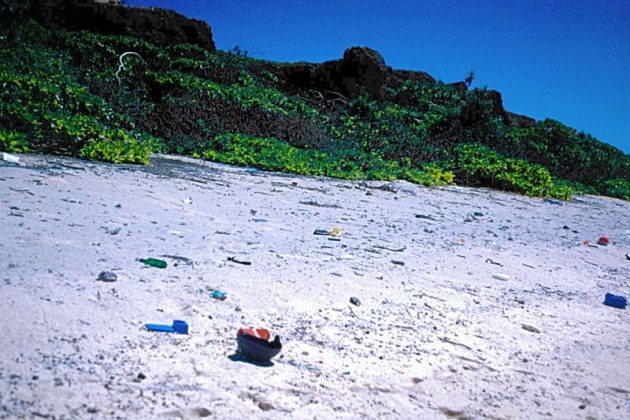How Plastic is Entering into our Food Chain
Can you imagine a world without your phone, heavy machines, automobiles and most home appliances? For most of us the answer is no, which is why imagining a world without plastic is nearly impossible. The invention of plastic is credited to Alexander Parkes in London in 1862. The form of plastic was called Parkesine and was made using an organic material extracted from cellulose. Cellulose when heated can be moulded in any shape and retains its original form when cooled. Later, cellulose was replaced by more feasible versions of the product like Bakelite.

Over the years, fundamental properties of plastic like its flexibility, ductility and malleability led to its use in various industrial processes. Thanks to technological innovation, manufacturing plastic has also become more affordable over the years. Plastic is known for its application, which meant it can be used to for multiple purposes, plus it was available in different colours. The decline in oil prices also brought down its price as petroleum is an important raw material used in production of plastic. Since its invention, the production has grown almost 20-fold.
It might be cheap to manufacture, the earth and its ecosystem have had to pay a huge price for using plastic. The invention has been vitiating the environment with toxicity. For starters, it is contaminating the air because of plastic microparticles are washed away into the sewage system. From there, they might end up in the sea or in agricultural fields as fertilizer. Either way, they are either blown by the wind. Around 79% of the plastic produced in the last 70 years has been thrown away either in the environment or in landfills. Moreoever, over eight million tonnes of plastic is disposed in the oceans every year and it is estimated that by 2050 there will be more plastic than fish in the ocean. Environmentalists have predicted that by 2050, almost 99% of all seabirds on Earth might have consumed some quantity of plastic.
Plastic owes many of its properties to its chemical composition. It is basically any kind of semi-synthetic or synthetic organic polymer. Apart from carbon and hydrogen, plastic is also made up of other elements. Though plastics can be manufactured using organic polymer but for industrial purposes plastic is manufactured using petrochemicals. The commonly used polymers—Thermosetting and thermoplastics—are used as additives in plastic production to give the product different qualities.
Waking up to the needs of the environment, various countries in the world are doing their bit to curb use of plastic and recycle it. As per government estimates submitted in Lok Sabha in 2016, over 15,000 tonnes of plastic waste is generated every day in the country and around 40% of its remains untreated. India formulated a new policy for plastic management and waste disposal in 2016. In 2017, the National Green Tribunal banned the use of plastic cutlery, bags, cups and other types of single-use plastic in New Delhi. However, the ban has had little effect on the use of plastic.
Apart from its application in various fields, plastic has also entered the human food chain and chances are that you are consuming it indirectly, especially microplastics which are pieces of plastic broken down. Many animals living in the sea like the plankton regularly consume microplastics carelessly disposed in the water bodies. These particles may also be contaminated when they exposed to water. By being consumed by marine animals, these harmful microplastics enter the human food chain.
Even the United Nations has recognized the contamination of water bodies by plastic and its byproducts as a major environmental hazard. According to the international organization, there are about 46,000 particles of discarded plastic per square mile of the sea. The presence of plastic in the human chain is a serious issue which threatens the existence of many living creatures. While government need to do much more than paying lip services, citizens’ initiatives can go a long way to make a difference. At the same times, food companies should be cautious about where they source plastic raw materials from and how they dispose the waste.
Back in India, the government has stepped up the task of revamping solid waste and plastic waste management. The Union government is planning to ban the use of microbeads in cosmetics. Personal care products like cleansers and exfoliators have microbeads so as to ensure that the product can easily pass through sewage and drain. The disposal of microbeads endangers the aquatic life.

